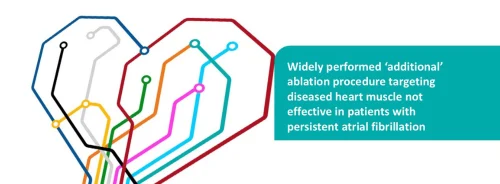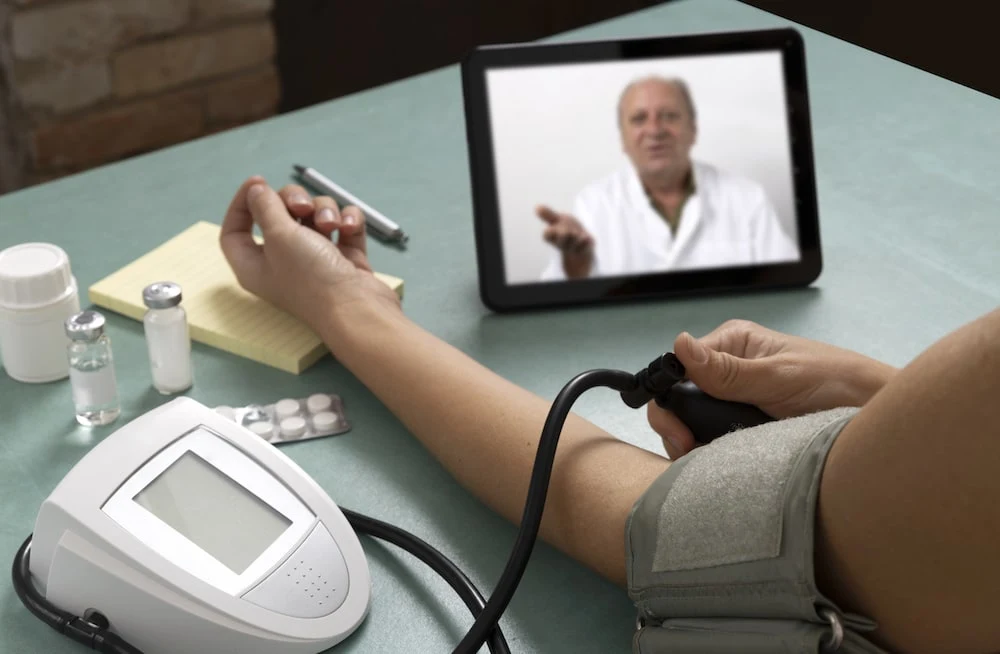According to preliminary research presented at the American Heart Association’s Hypertension Scientific Sessions 2024 in Chicago, nearly 74% of adults with treatment-resistant high blood pressure were able to lower their blood pressure to below 140/90 mm Hg within one year by participating in a programme that combined remote blood pressure monitoring with pharmacist interactions.
The study involved 205 adults with an average age of 62 years. 53% of participants had chronic kidney disease at enrollment. Blood pressure was monitored for up to 6-12 months.
The study focused on patients with blood pressure exceeding 140/90 mm Hg receiving care at clinics specialising in kidney conditions. The ConnectedCare365 Hypertension Management programme offered patients remote blood pressure monitoring and other devices that sent information to healthcare providers. A centralised monitoring centre was used to enroll patients, ensure consistent communication, and provide education on the devices and a patient communication application. Physicians and pharmacists in the programme co-managed patient care, including medication adjustments.
Notifications from home blood pressure monitoring devices were sent to the central monitoring centre. In the first six months of the programme, notifications were forwarded to physicians who worked with pharmacists via a virtual platform that connected with patients’ phones through an app and the devices via Bluetooth. Blood pressure measurements were reviewed, and medications were prescribed or adjusted as needed. In the second six months, notifications were first sent to pharmacists, who co-managed blood pressure under a collaborative telehealth practice agreement. Throughout the programme, patients had real-time access to a nurse during business hours through a live chat feature in the monitoring centre.
Key findings of the study include:
- 67% of patients achieved blood pressure control (<140/90 mm Hg) at six months, and 74% achieved control by 12 months. According to the 2017 guidelines from the American Heart Association and the American College of Cardiology, stage 1 hypertension is defined as ≥130/80 mm Hg, and stage 2 hypertension as ≥140/90 mm Hg.
- Systolic blood pressure decreased by an average of 3.3 mm Hg per month for those with initial readings above 150/90 mm Hg, 2.4 mm Hg per month for those with initial readings of 140-149/90-99 mm Hg, and 0.6 mm Hg per month for those with initial readings below 140/90 mm Hg.
- Pharmacist telehealth encounters were documented in 65% of patients, and interactions with pharmacists were associated with a 1.3 mm Hg per month reduction in systolic blood pressure.
- During the 12-month study, 46% of patients had a medication adjustment, and 37% were prescribed new blood pressure medications.
- Patients had fewer hospitalisations during the study period compared to the previous 12 months, although there was no change in the number of emergency department visits.
This is an important programme that enables more efficient management of a high-risk patient group. The team-based care approach, including a remote pharmacist, makes it a feasible option to increase access. Additionally, the findings suggest potential for reducing hospitalisations and improving blood pressure.
Source: American Heart Association
Image Credit: iStock






